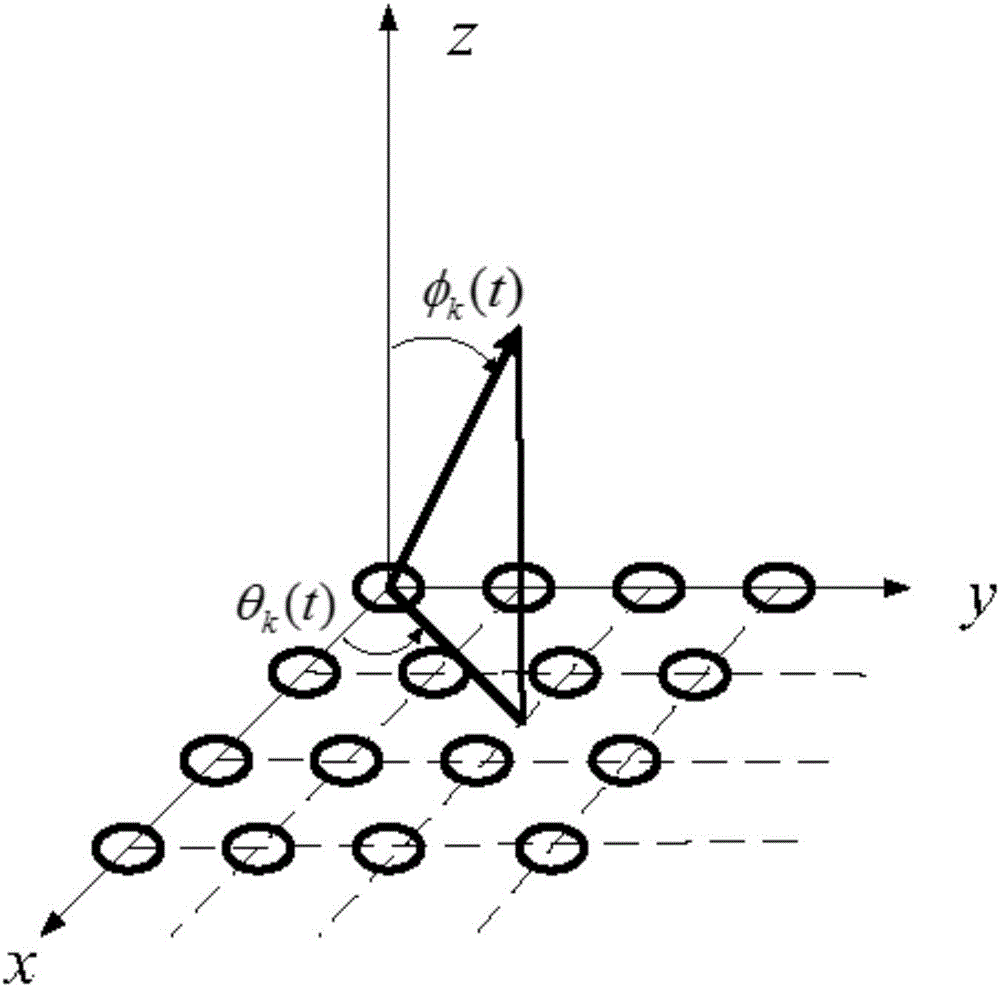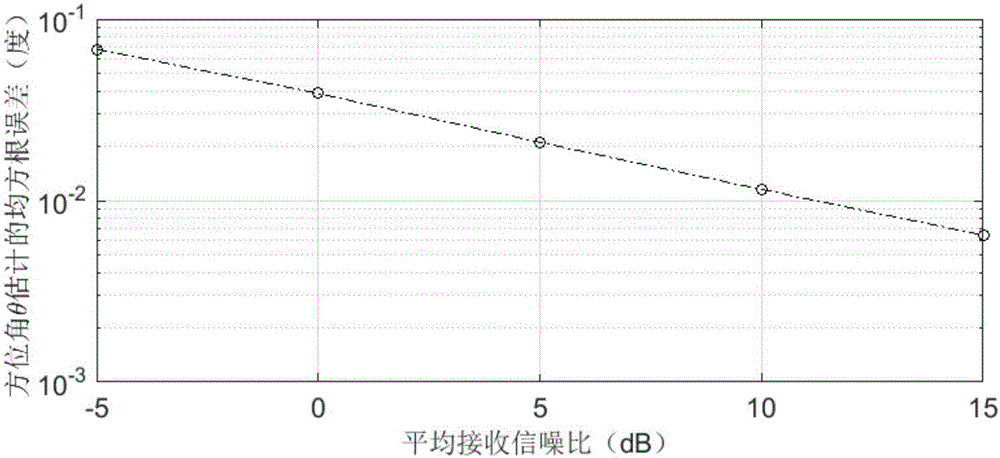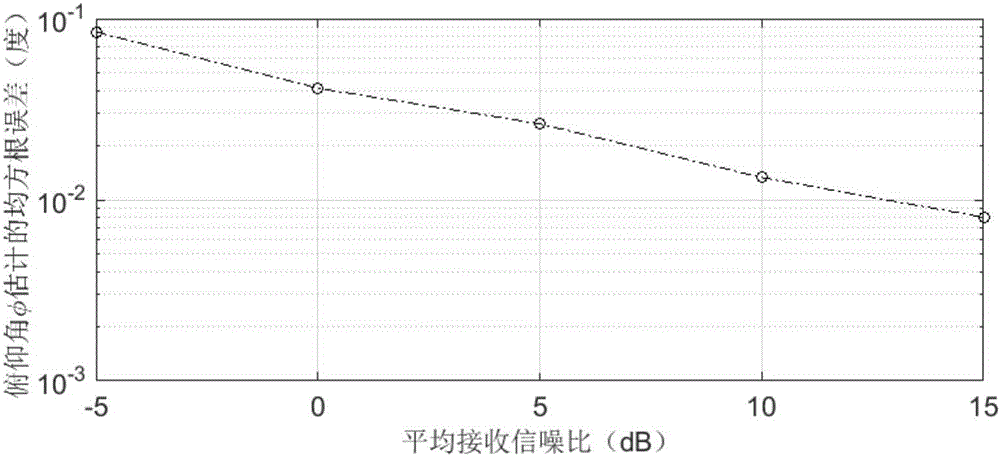Two-dimensional arrival direction testing method based on wave beam space conversion
A technology of spatial transformation and measurement method, which is applied in directions such as direction finders using radio waves, radio wave direction/bias determination systems, etc., and can solve the problems of difficult to achieve DOA estimation, low estimation accuracy, and high data processing complexity.
- Summary
- Abstract
- Description
- Claims
- Application Information
AI Technical Summary
Problems solved by technology
Method used
Image
Examples
Embodiment Construction
[0053] In order to make the purpose, technical solution and advantages of the present invention clearer, the present invention will be further described in detail below in conjunction with the implementation methods and accompanying drawings.
[0054] Use the present invention as figure 1 The two-dimensional uniform rectangular array shown, figure 1 There are M=100 array elements in total, and there are M in the x direction x = 10 rows, there are M in the y-axis direction y = 10 columns. The signal wavelength λ is 0.375m, and the distance between adjacent array elements in the x and y directions is d=λ / 2=0.1875m. In this embodiment, there are K=2 narrow-band incoherent incidents to the array in different directions, the azimuth and elevation angles of the first incident signal are 25° and 50° respectively, and the azimuth and elevation angles of the second incident signal are The angles are 62° and 45° respectively, the noise on each array element is additive white Gaussia...
PUM
 Login to View More
Login to View More Abstract
Description
Claims
Application Information
 Login to View More
Login to View More - R&D
- Intellectual Property
- Life Sciences
- Materials
- Tech Scout
- Unparalleled Data Quality
- Higher Quality Content
- 60% Fewer Hallucinations
Browse by: Latest US Patents, China's latest patents, Technical Efficacy Thesaurus, Application Domain, Technology Topic, Popular Technical Reports.
© 2025 PatSnap. All rights reserved.Legal|Privacy policy|Modern Slavery Act Transparency Statement|Sitemap|About US| Contact US: help@patsnap.com



